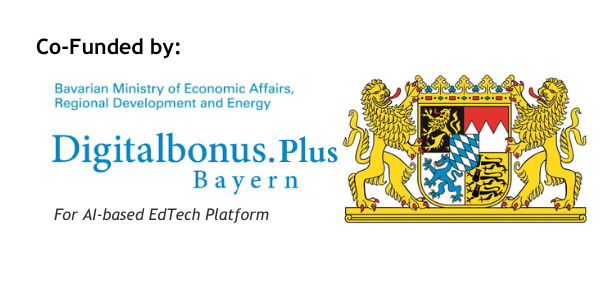Before we start learning AI , we should understand what the existing systems can do , so that we can appreciate what AI brings
So here you will learn about the key differences between AI and Non-AI Systems
A full-cycle engineering service provider & learning platform with focus on sustainable industry sectors with the aim to educate and support students and companies.






Copyright © 2025 WiredWhite. All rights reserved.
There was a problem reporting this post.
Please confirm you want to block this member.
You will no longer be able to:
Please allow a few minutes for this process to complete.

